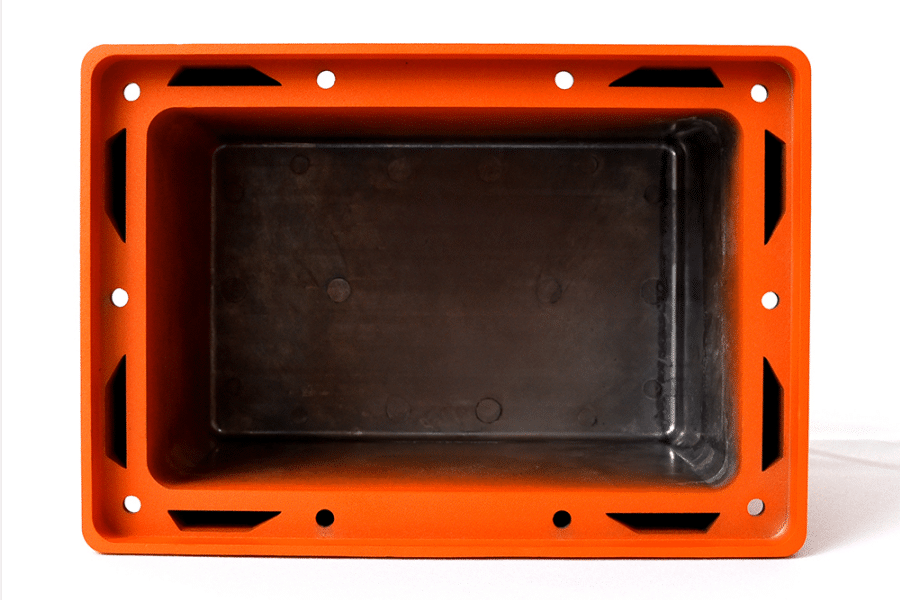Die casting is a metal casting process that involves forcing molten metal into a mold cavity under high pressure.
The process involves several steps, including the preparation of the mold, melting the metal, injecting the metal into the mold, and cooling the metal.
The mold used in die casting is typically made of steel or other durable materials, and it is designed to withstand the high pressure and heat involved in the process.
The metal used in die casting can be a variety of materials, including aluminum, zinc, brass, and copper. Each of these metals has unique properties that make them suitable for certain applications.
Die casting is a highly precise process that allows for intricate designs and shapes. Because the process involves high pressure and temperature, the resulting parts are strong and durable.
One of the advantages of die casting is that it allows for high volume production with consistent quality. This makes it an ideal process for manufacturing parts for a variety of industries, including automotive, aerospace, and electronics.
Die casting can be done using a variety of methods, including hot chamber and cold chamber casting. These methods differ in the way the metal is injected into the mold and the type of metal used.
Overall, die casting is a versatile and efficient process that offers many benefits for manufacturing high-quality parts with complex shapes and designs.
Die casting mold refers to a type of mold used in the die casting process. It is a two-part mold made up of the fixed half or stationary half and the ejector half. The stationary half contains the sprue, runner, and cavity, while the ejector half contains the ejector pins and sprue pullers, which are used to eject the cast part from the mold.
The die casting mold is typically made of steel, and it is designed to withstand the high temperature and pressure of the molten metal that is injected into it. The mold must also be strong enough to withstand the repeated cycles of heating and cooling that occur during the die casting process.
The die casting mold is an essential component of the die casting process, as it determines the shape and quality of the cast parts. The mold must be designed to ensure that the cast part is free of defects such as shrinkage, porosity, and warpage. It must also be designed to accommodate any undercuts, cores, and other features of the part.
Overall, the design and construction of the die casting mold is critical to the success of the die casting process, and it requires a high level of skill and expertise.

